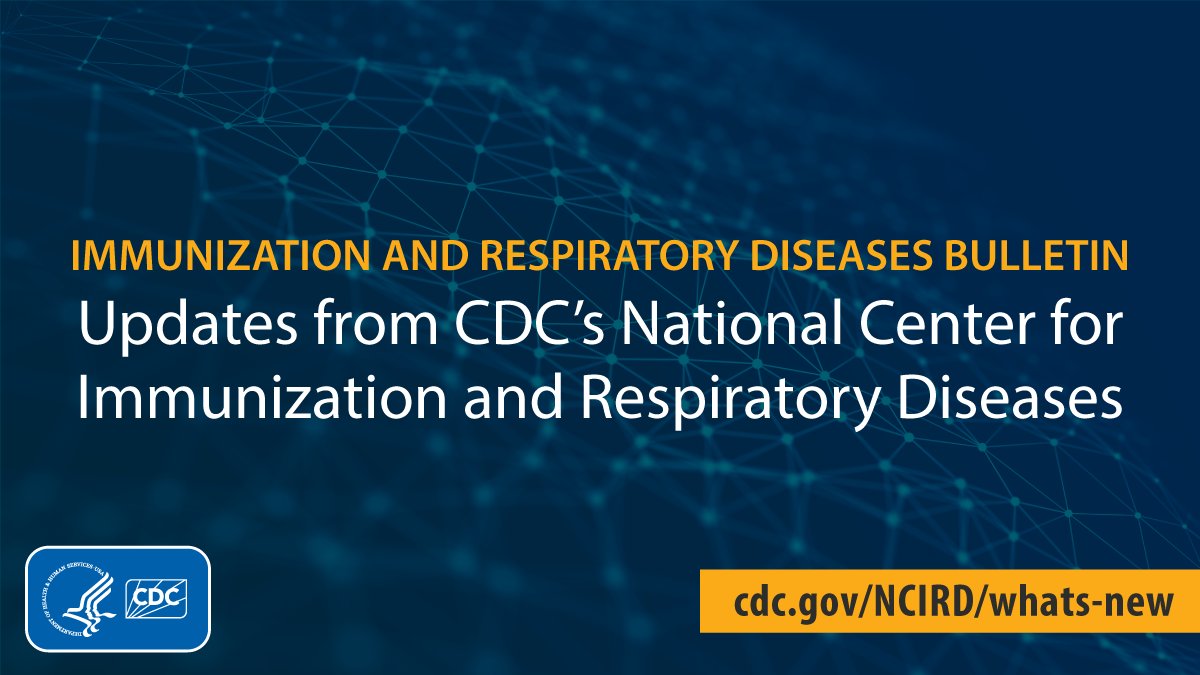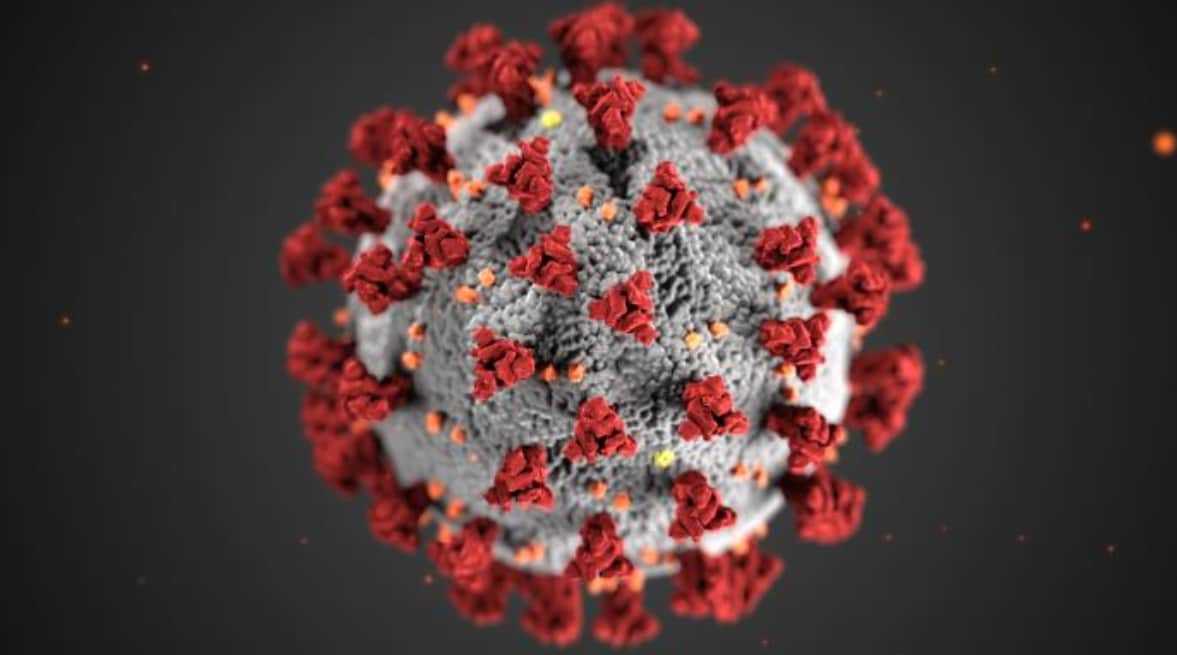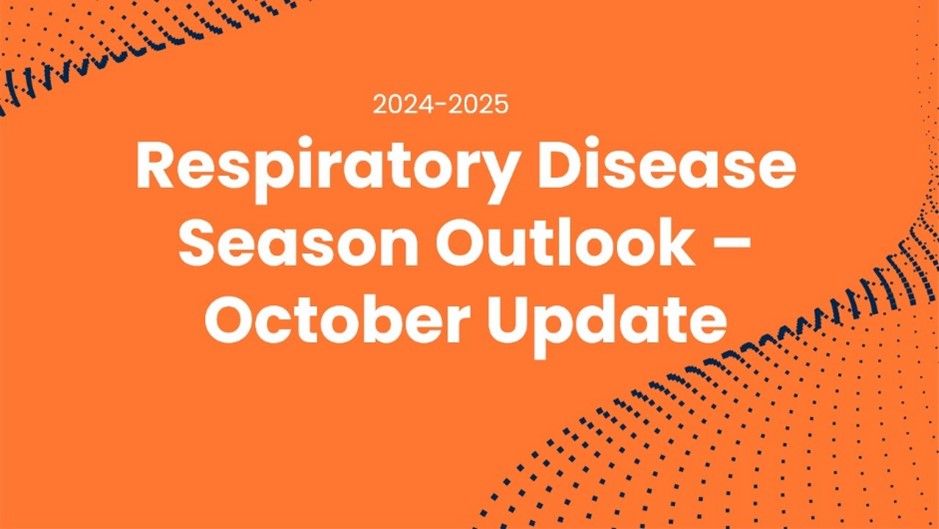About
- The NCIRD Bulletin highlights recent trends and summarizes important updates from CDC's National Center for Immunization and Respiratory Diseases (NCIRD).
- In addition, the NCIRD Bulletin shares timely information about CDC's role, information, and action related to certain public health issues and situations.
- Read these Bulletins to stay informed about developments related to infectious respiratory illnesses and vaccine-preventable diseases.

What's New
CDC data show higher COVID-19 vaccination rates in adults 75 and older.
CDC's weekly estimates show how COVID-19 and RSV affect people across the U.S.
Respiratory virus season is here. Learn about actions we can all take to make it a healthier one.
Many variants came from the JN.1 lineage of SARS-CoV-2. 2024–2025 COVID-19 vaccine should work
ACIP reviewed vaccine data and voted to update vaccine recommendations for COVID-19 and Pneumococcal...
CDC expects similar or fewer respiratory hospitalizations. Vaccination can play a key role to preven
Learn more about how CDC tracks respiratory illness trends for flu, COVID-19, and RSV.
Bacterial infection increase is especially affecting young children, causing pneumonia.
Immunization is a core prevention strategy to lower risk from respiratory viruses.
Infants under 6 months face highest risk of COVID-19 hospitalization among pediatric groups.
September and October are good times to get vaccinated, but you can still get vaccinated later in t











